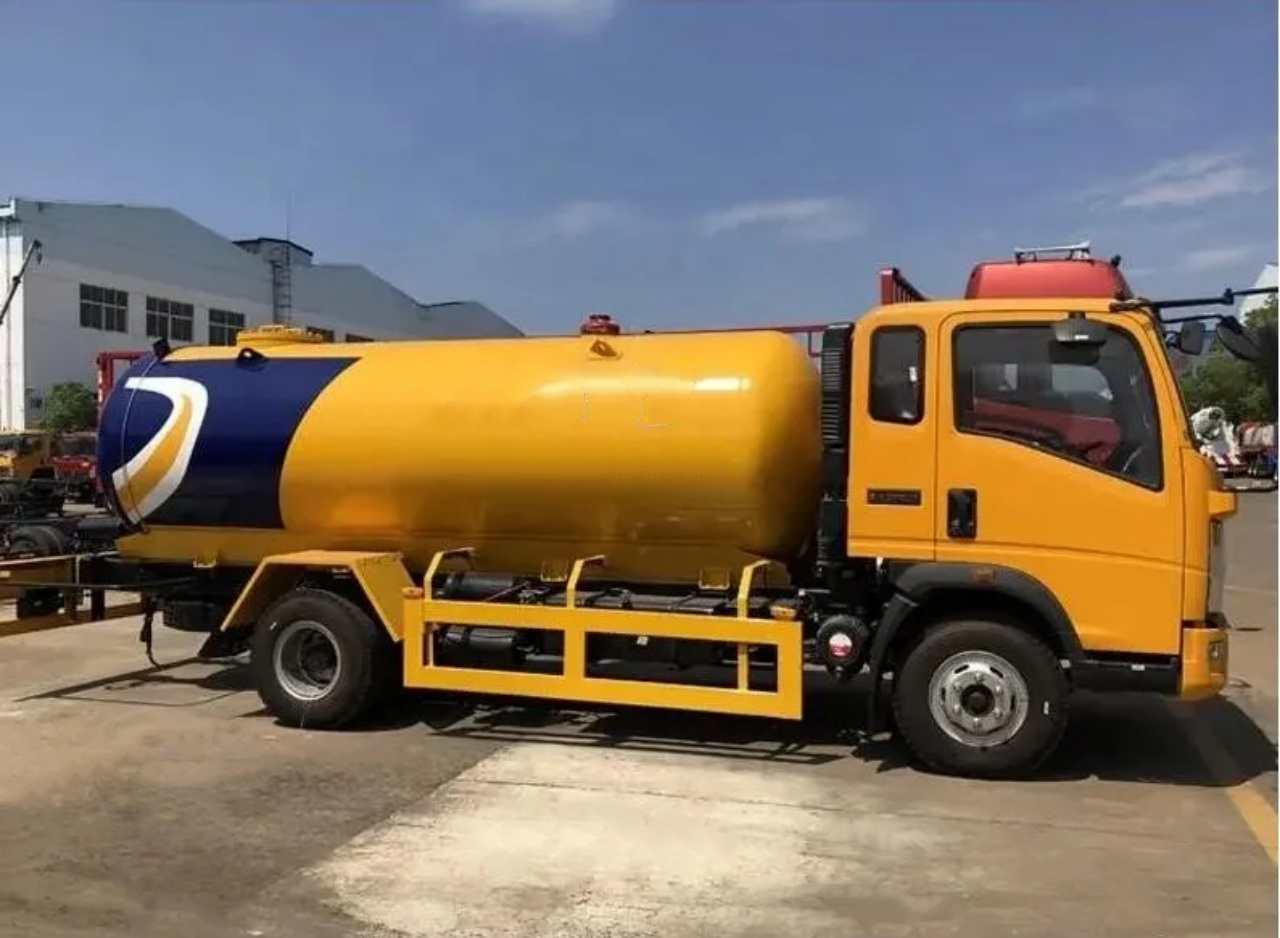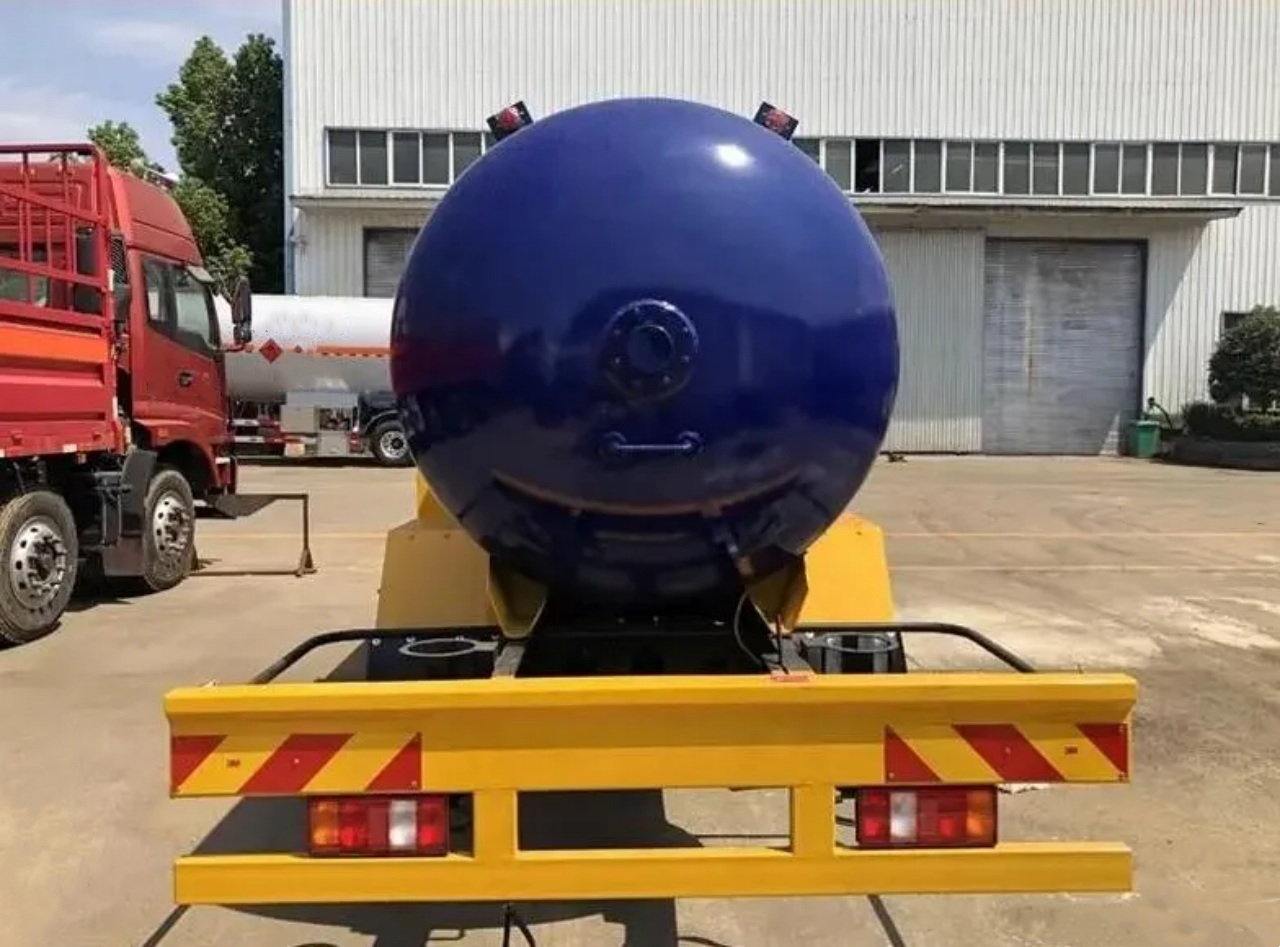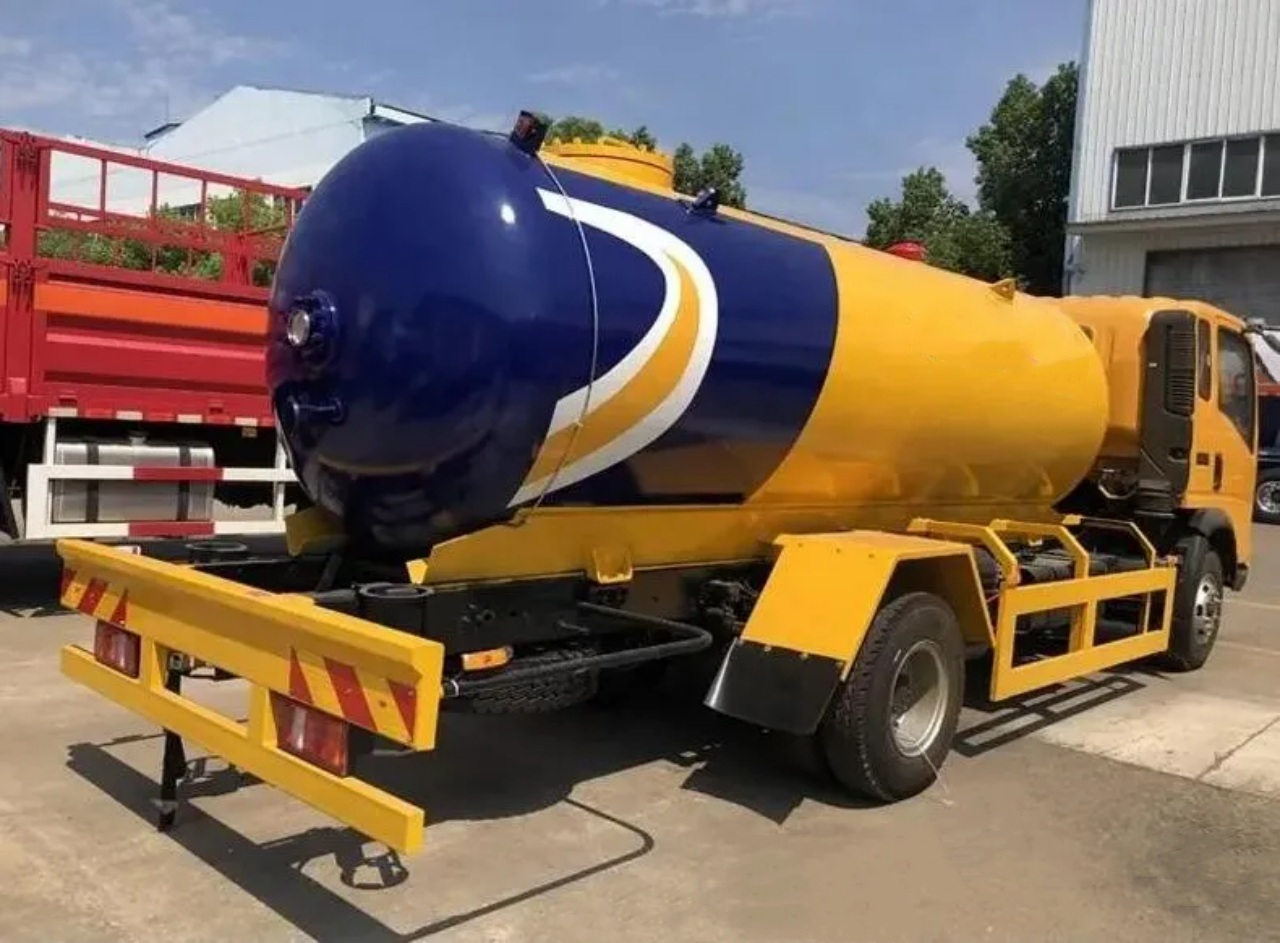When discussing fuels, particularly in the context of household and industrial use, you might have come across the terms LPG (Liquefied Petroleum Gas) and propane. These 2 gases are commonly used for heating, cooking, and fueling vehicles. However, despite their similar applications, many people are unsure about the exact difference between them. In this article, we will break down what LPG and propane are, their similarities, and the key differences between the 2.
What is LPG?
LPG, or Liquefied Petroleum Gas, is a mixture of hydrocarbon gases, primarily propane and butane, that are derived from natural gas and crude oil refining processes. It is typically stored as a liquid under pressure in tanks or cylinders for ease of transport and use. LPG is highly versatile and can be used for various purposes such as heating, cooking, and fueling vehicles.

What is Propane?
Propane is one of the specific components that make up LPG. It is a type of aliphatic hydrocarbon gas, consisting of three carbon atoms and eight hydrogen atoms (C3H8). Propane is a by-product of both natural gas processing and petroleum refining. While it can be used on its own, it is also commonly found as a component of LPG, which may contain varying proportions of propane, butane, or other gases.
Similarities Between LPG and Propane
At first glance, LPG and propane may appear almost identical, and in many cases, they are used interchangeably. Here are a few reasons why:
- State of Matter: Both LPG and propane exist as gases at room temperature, but they are both stored as liquids under pressure. This makes them portable and easy to transport in cylinders or tanks, which is why they are commonly used for heating and cooking in homes, outdoor grills, and recreational vehicles (RVs).
- Energy Content: Both LPG and propane have high energy content and are used for similar applications, such as powering heating systems, hot water systems, and even some internal combustion engines.
- Clean Burning: Both LPG and propane are clean-burning fuels that produce fewer emissions than other fossil fuels like coal or oil. This makes them attractive for both residential and industrial applications in efforts to reduce environmental impacts.
- Storage and Transportation: Both fuels are stored in pressurized containers to keep them in a liquid state, which allows for efficient storage and transportation. This is especially important in areas where natural gas pipelines are unavailable.

Key Differences Between LPG and Propane
Despite the many similarities, LPG and propane have distinct characteristics that set them apart. These differences primarily stem from the composition, properties, and uses of each fuel.
1. Composition
The most fundamental difference between LPG and propane is their chemical composition.
- LPG is a mixture of hydrocarbons, which can include propane, butane, and even small amounts of other gases like ethane or isobutane. The specific composition can vary depending on factors like the source of the gas and the region where it is produced. For example, LPG used in warmer climates might have a higher butane content due to butane’s lower vapor pressure, which makes it more suitable for use in higher temperatures.
- Propane, on the other hand, is a single, specific gas (C3H8). It is more standardized in its composition and does not vary the way LPG can. Propane has a lower boiling point than butane, meaning it remains in a gaseous state in colder weather, making it ideal for use in colder climates.
2. Boiling Point and Vapor Pressure
The boiling point and vapor pressure of propane and LPG vary due to the difference in their composition.
- Propane has a boiling point of -42°C (-44°F), which means it can vaporize easily even in colder environments. This makes it particularly effective in areas with colder climates, where other gases might struggle to evaporate.
- LPG, being a mixture of propane and butane, has a higher boiling point than pure propane. Butane has a boiling point of -0.5°C (31.1°F), so LPG will tend to vaporize less efficiently in cold temperatures, especially if it contains more butane. This is 1 reason why LPG is often more suitable for use in warmer climates or in the summer months.
3. Usage in Different Climates
As mentioned earlier, propane’s ability to vaporize at lower temperatures makes it better suited for colder climates. Propane is commonly used in areas with freezing or sub-freezing temperatures because it remains in a gaseous state even when the temperature drops.
LPG, with a higher proportion of butane, is more suited for milder, warmer climates where temperatures are above freezing. However, in extremely cold weather, LPG may have trouble vaporizing effectively, leading to reduced performance in outdoor equipment or appliances.
4. Energy Content
While both LPG and propane are high-energy fuels, there are slight differences in their energy content.
- Propane typically provides around 91,500 British thermal units (BTUs) per gallon, which is slightly higher than the average BTU content of LPG.
- LPG can vary depending on the ratio of propane and butane it contains, but it generally provides slightly less energy per gallon than pure propane.
This difference can be crucial for industrial applications or situations where the exact energy output is necessary for efficient operation.
5. Applications
Both LPG and propane have broad applications, but they are sometimes preferred in different contexts.
- Propane is used extensively in residential heating, cooking, and hot water systems, especially in rural areas where natural gas infrastructure is unavailable. It is also used as fuel for agricultural equipment, forklifts, and some vehicles. Propane’s lower boiling point makes it ideal for use in colder environments, and it is often used in recreational vehicles (RVs), camping, and outdoor grills.
- LPG, due to its variable composition, is more commonly used in bulk industrial applications where the exact type of fuel isn’t as critical. It is also used for residential purposes in countries outside the United States, such as in Europe and Australia, where it is often available in larger, centralized distribution systems.
6. Cost
There can be price differences between propane and LPG depending on factors like regional availability, supply, and demand. Propane tends to be slightly more expensive than LPG due to its higher energy content and more consistent supply.

Conclusion
While LPG and propane are both essential fuels with overlapping uses, their differences stem mainly from their composition, boiling points, and energy content. Propane is a specific, standardized gas that is ideal for use in cold weather, whereas LPG is a mixture that may include both propane and butane, making it more versatile in terms of temperature but sometimes less suitable for extreme cold.
Ultimately, both LPG and propane are reliable, clean-burning fuels with a wide range of applications, from residential heating to industrial uses. The choice between the 2 depends on factors such as climate, energy requirements, and local availability. Understanding the differences can help ensure that you select the most appropriate fuel for your needs, ensuring efficiency and reliability in your heating, cooking, or fueling systems.

